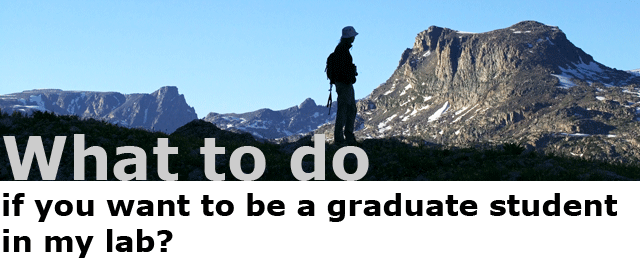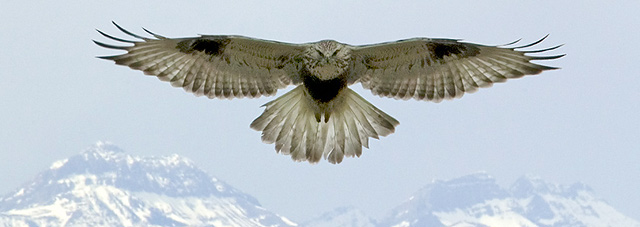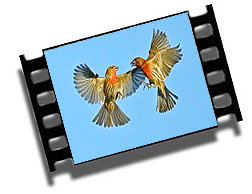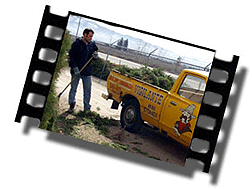| 

Why University of Arizona?
First, the people. Department of Ecology and Evolutionary Biology at the University of Arizona in Tucson - the first evolutionary biology and ecology department in this country - is home to some of the best and most original thinkers in evolution and ecology today.
Second, the place. Southern Arizona is a dream. A very vivid one, too. Everything is here - from stunning mountains to colorful Sonoran desert to subalpine forests. Most people are lucky to spend their long-earned vacation here. You can live here.
Third, the opportunities. University of Arizona is a major science powerhouse. Consider, for example, that UArizona have designed and produced humanity's most ambitious truth-seeking instrument, on weekends it alternates between launching its own Mars Explorer Missions, building machines to sample fly-by asteroids, or lifting and lowering mountain ranges in its personal copy of the whole Earth Biosphere (No2). Whether you plan to do your research locally -- on our little planet -- or in a distant universe, we have you covered.
On anybody's list EEB at the University of Arizona is one of the best places in each of these three categories. The combination, however, is unmatched anywhere.

Why our lab?
Well, where else would you have an opportunity to do fieldwork in some of the wildest and most beautiful places in the world, while asking some of the most important questions in science, and becoming versatile with an impressive array of some of the most sophisticated laboratory and field techniques?

If
you are interested in joining our lab, you should:
1).
Read about the lab's research areas
and the research statements of people
currently working in the lab.
2).
Read some of the papers that we have published in recent years. For conceptual approaches, read papers on this list. Representative examples of empirical work are here.
3).
If, afer (1-2), you are still interested, then please send me a detailed letter in which
include the following:
- The
reasons for your interest in graduate research in general and in our
lab in particular.
- Include
your resume, any publications (or references to published work), relevant
qualifications, classes, and any additional material (e.g., proposals)
that you think may be useful for your application
- The
names and institutions of the people you will ask for letters of recommendation
(letters are not necessary at this time)
- Include
your GPA and GRE (%), a list of the math or statistics classes you
have taken, and any experience with molecular/physiological and other
laboratory techniques and methods
4).
About a week after you send the materials above, please e-mail to
inquire about your suitability and likelihood of acceptance to the lab, and further instructions.
(Please note however that the ranking and acceptance decisions are made
by the entire faculty).
5).
To apply and for general information on the graduate
school, application forms, required exams, and related materials please
consult the UA and EEB graduate school web pages (start here).

What
to expect?
I
seek students who are very curious about natural world, who are highly motivated and serious about science, who
enjoy being productive and creative, and who view their work as a continuing
progress driven by expansion of their mind and abilities.
I invest a great deal of time and resources in helping such students to succeed and strongly
encourage students to design an interesting and non-trivial
research program. While you can expect me to be very helpful in these
areas, I am not particularly interested in intervening into minute details
of your daily graduate work or progress. I am, however, very interested
in providing you with time and resources needed for you to become an independent and original scientist; the best one you can be.
In
our lab we have a large molecular genetics and developmetnal genetics lab, fully equipped biochemical laboratory, modern microscopy and image analysis equipment, a complete setup needed for sophisticated physiological work, great access to sequencing facilities, large indoor/outdoor aviaries, and the whole wide world out there open for our fieldwork.
You are extremely unlikely to be constrained by either technical logistics or intellectual rigor here; instead there is a rare opportunity to design and conduct sophisticated integrative studies while mastering a wide variety of modern research
techniques and approaches.


Design,
maintenance, code. and non-human animal photos are by
Alex Badyaev © 2002-2008 |


